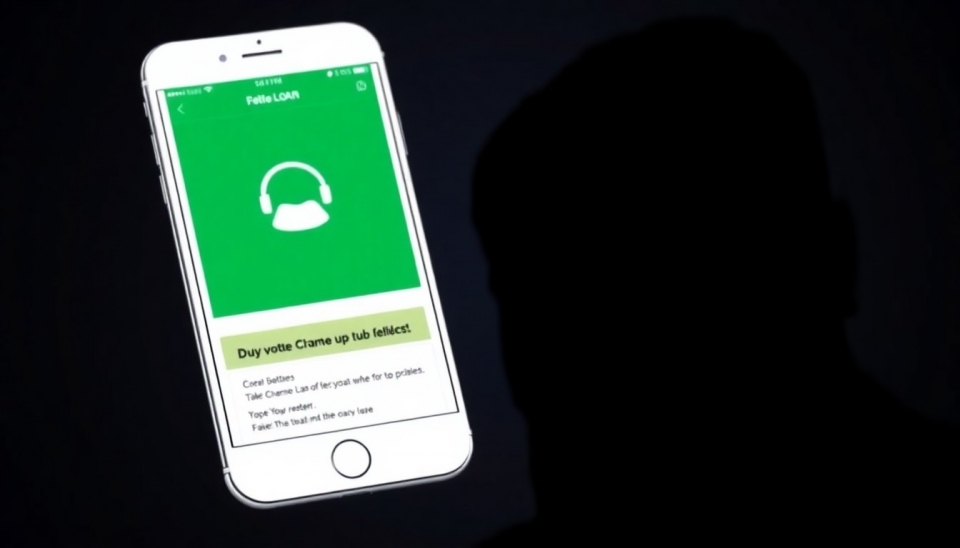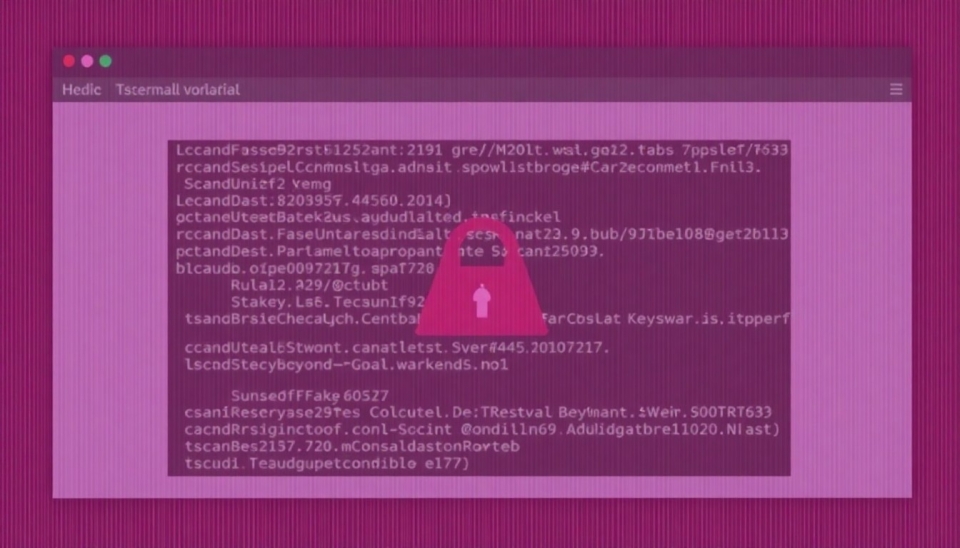
Malware Threat: Hackers Steal Your Data Using USB Flash Drives
Recent reports about cybersecurity threats indicate that hackers have started using malware to steal data from USB flash drives. This has become one of the latest strategies allowing criminals to access users' personal information. According to research, fraudsters employ clever methods to activate malicious software on devices when they are connected to computers or other devices.
Continue reading
New ClickFix Malware Tricks Users into Infecting Their Own PCs
Cybersecurity experts have identified a new piece of malware called ClickFix that deceives users into willingly installing it on their computers. Any Windows user can fall victim to this malware by accidentally clicking on a fraudulent link or file. ClickFix can not only lock access to files but also install additional threats, making it particularly dangerous.
Continue reading
The Threat of Document Conversion Sites: FBI Warns of Malware Spread
The Federal Bureau of Investigation (FBI) has issued a warning regarding the increasing threat posed by websites offering document conversion services. In its statement, the agency claims that these online services can be used as a vehicle for spreading malicious software. Such sites, which at first glance appear safe and convenient for transforming files into various formats, may actually be a ruse that allows cybercriminals to infect users' devices with malware.
Continue reading
Massive Cyber Attack: Malware Steals Bank Data and Passwords from Millions of Users
A recent cybersecurity investigation has revealed a shocking number of devices susceptible to a malware attack aimed at stealing bank card data and passwords. Experts discovered that millions of devices around the world have been infected, putting users' personal financial information at risk.
Continue reading
Beware: Dangerous Malware Targets You Through Fake Loan Apps
Recent research has revealed that cybercriminals are developing dangerous malware aimed at users through fake loan applications. These applications appear convincing and can deceive even experienced users. Cybersecurity experts warn that such an attack can lead to significant financial losses and personal data theft.
Continue reading
New Malware Exploits Fake Updates to Steal Data
A new type of malware has recently been identified in the cybersecurity field, actively using the tactic of fake updates to steal users' confidential information. This malicious software is designed to bypass antivirus systems and other protective mechanisms.
Continue reading
The Resurgence of Dormant Mac Malware: New Capabilities for Hackers
Recent reports about a long-dormant Mac malware, known as Gimmick, have caught the attention of cybersecurity experts. This malicious software was thought to be lost and had been virtually invisible to users. However, its unexpected return to cyberspace has resulted in updated capabilities, allowing hackers to more effectively target Mac devices.
Continue reading
Cybersecurity Threat: 3.9 Billion Passwords Exposed by Malware
A recent release of information has revealed a massive cybersecurity threat, with 3.9 billion passwords compromised by malicious software. This discovery raises significant concerns among users worldwide, as such a large-scale data breach can lead to severe consequences for personal security.
Continue reading
Mac Users on Alert: Rise of AI-Powered Malware Threats
Recent research indicates that Mac users should exercise caution as the number of AI-powered malware threats rises. In recent years, there has been a sharp increase in the success of cybercriminals who incorporate AI into their tools, making their attacks more sophisticated and destructive.
Continue reading
New Threat: Screenshot Scanning Malware Found in Apple App Store for the First Time
Cybersecurity researchers have discovered new malware, first presented in the Apple App Store, which has a unique capability - it can scan screenshots on users' devices. This threat marks a significant advancement in cybercrime and raises concerns about the safety of applications available in the official Apple store.
Continue reading